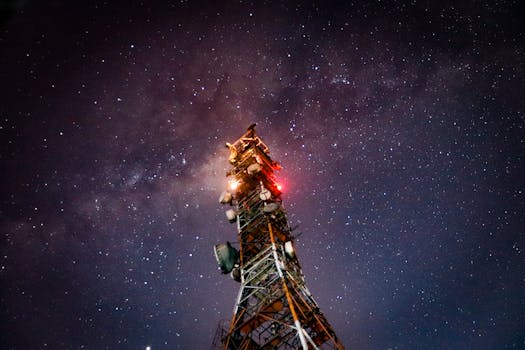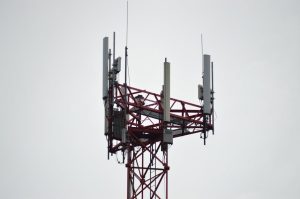
Starlink: Revolutionizing Global Internet Connectivity with Satellite Technology
Starlink is a groundbreaking satellite constellation developed by SpaceX, founded by Elon Musk, with the ambitious goal of providing high-speed, low-latency internet connectivity to the entire world. This innovative technology has the potential to bridge the digital divide, transform the way we communicate, and revolutionize various aspects of our lives.
As of now, approximately 3.8 billion people around the globe lack access to reliable internet connectivity, hindering their ability to fully participate in the digital economy. Starlink aims to address this pressing issue by launching a network of low-Earth orbit satellites that can provide fast and affordable internet services to remote and underserved communities.
How Starlink Works
The Starlink system consists of a constellation of thousands of small satellites, each weighing around 260 kilograms, orbiting the Earth at an altitude of approximately 550 kilometers. These satellites are equipped with advanced technology, including Hall effect thrusters, star trackers, and high-gain antennas, allowing them to maintain their position, navigate, and communicate with Earth-based stations.
When a user sends a request through the Starlink network, the signal is transmitted to the nearest satellite, which then relays the signal to the destination, whether it’s a website, a server, or another user. This process happens in a matter of milliseconds, ensuring low latency and high-speed data transfer.
Benefits and Applications of Starlink
The impact of Starlink will be far-reaching, with numerous benefits and applications across various sectors. Some of the most significant advantages of Starlink include:
Global connectivity: Starlink will provide internet access to remote and underserved communities, bridging the digital divide and enabling people to participate in the global economy.
Low latency: The low-Earth orbit satellites will reduce latency, allowing for real-time communication, online gaming, and seamless video streaming.
Affordability: Starlink aims to offer competitive pricing, making high-speed internet services more accessible to a broader audience.
Rural broadband: Starlink will enable rural areas to access high-speed internet, promoting economic growth, education, and healthcare in these regions.
Challenges and Future Developments
While Starlink has the potential to revolutionize global internet connectivity, there are also challenges and concerns that need to be addressed. Some of the key issues include:
Regulatory frameworks: Starlink will need to comply with various regulatory frameworks, including those related to spectrum allocation, licensing, and data privacy.
Interference and congestion: The increasing number of satellites in low-Earth orbit may lead to interference and congestion, potentially affecting the performance of the Starlink network.
Space debris: The growing amount of space debris in low-Earth orbit poses a risk to the Starlink satellites and other spacecraft, highlighting the need for responsible space operations and debris mitigation strategies.
Despite these challenges, SpaceX is continuously working to improve and expand the Starlink network. The company has already launched several batches of satellites and plans to deploy thousands more in the coming years.




